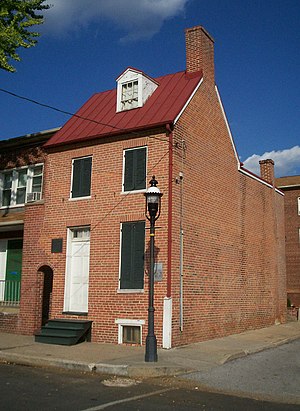Catalogue Review: Peter L. Masi, #213

Peter L. Masi is a bookseller out of western Massachusetts, a member of Massachusetts and Rhode Island Antiquarian Booksellers and The Ephemera Society, and a generalist with a broad selection at affordable prices. He calls his most recent catalogue a "basic mixed bag," which is always fun to rummage through.
As he points out on his blog, his stock is "primarily American, primarily non-fiction." Here he has more on textiles than usual, due to a deaccession from the American Textile History Museum. The rest runs the gamut from advertising to Yale University. And speaking of Yale, he seems to have a fair amount of college and university-related material, especially from New England schools.
In the books about books category, I was excited to see a New York Public Library commonplace book--published for its "Literary Lions" in 1990--with the bookplate of Annie Dillard. Surely a bargain at $25. For library lovers, he also has a 1905 leaflet,
A Village Library, from the Brimfield, MA, public library for $15.
In regional books, he has both
Massachusetts Beautiful ($25)
Connecticut Beautiful ($20), written and illustrated by the famous artist/furniture maker/antiques expert/collector Wallace Nutting. The contain photos and drawings of scenery and homes in the area.
A neat find resides in his medicine section -- a stapled booklet from 1969 called
Narcotics: the Communist Drug Offensive. It's a ten-page article from
American Opinion magazine (John Birch Society) that links drug proliferation to a Communist plot ($10).
Few items are priced over $100, which means you can browse AND buy from
this catalogue. Always a good thing.
























